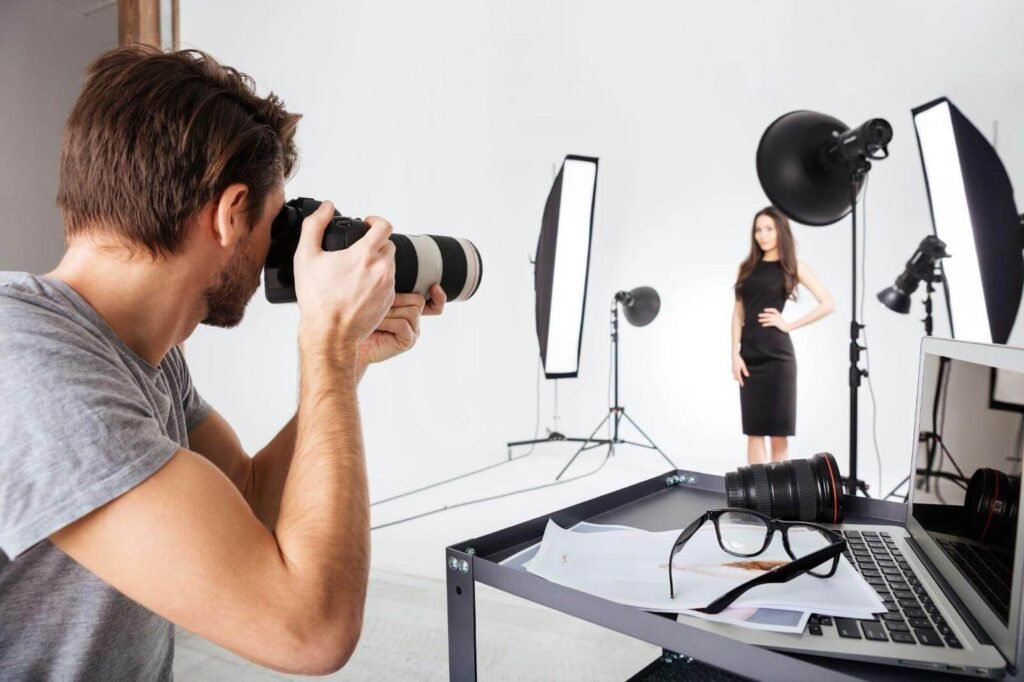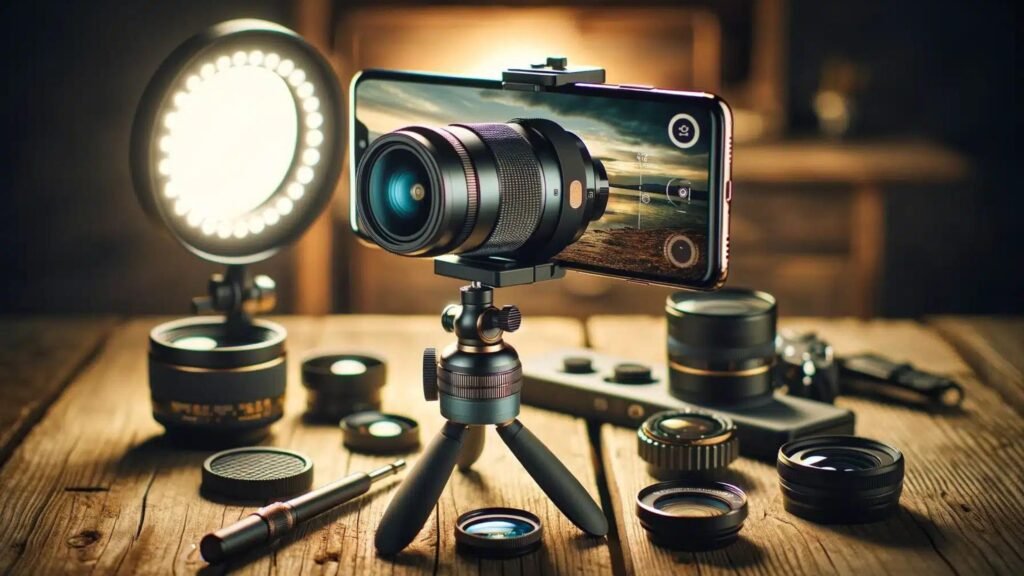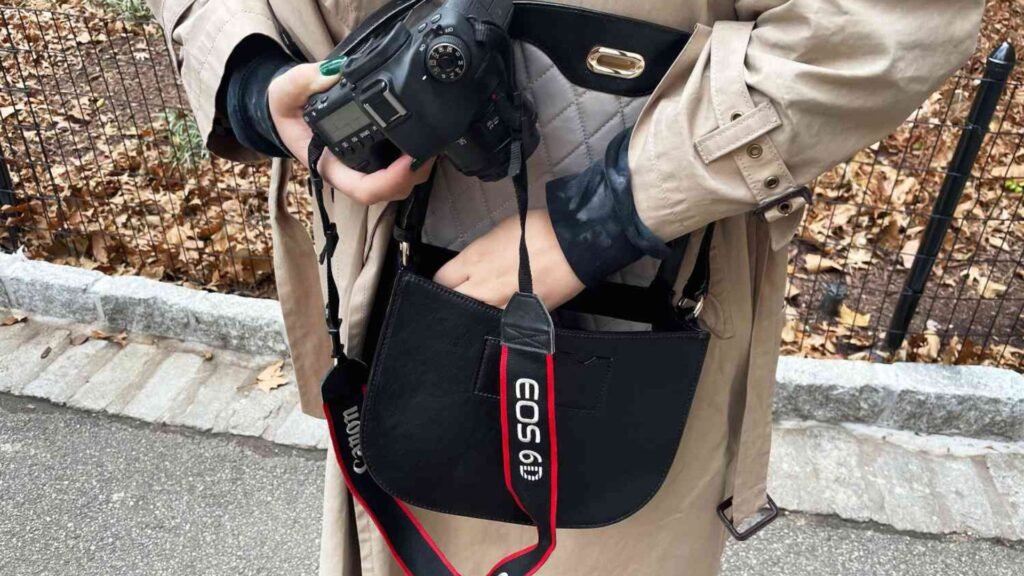Jul 2, 2024
How to Work with Models in Photography
Working effectively with models is crucial for creating compelling and professional photographs. Whether you’re shooting portraits, fashion, or editorial work, understanding how to collaborate with models can elevate the quality of your photography. Here are some essential tips for photographers working with models.

Establishing Clear Communication and Expectations
Communication is key to a successful photoshoot. Before the session, discuss concepts, themes, and goals with the models to ensure everyone is on the same page. Clearly communicate your vision, style preferences, and any specific poses or expressions you want to capture. Encourage models to share their ideas and input to foster a collaborative atmosphere.
Building Rapport and Trust
Building rapport and establishing trust with models is essential for creating a comfortable and productive environment during photoshoots. Take the time to introduce yourself and get to know the models personally. Engage in friendly conversation to help them relax and feel confident in front of the camera. Show genuine interest in their comfort and well-being throughout the session.
Directing Poses and Expressions
Directing poses and expressions is a skill that photographers develop over time. Provide clear and concise instructions to guide models through different poses, expressions, and movements. Demonstrate poses yourself or use visual references, such as mood boards or sample images, to convey the desired look and feel. Encourage models to experiment with variations while maintaining authenticity.
Utilizing Natural and Artificial Light
Understanding light is fundamental in photography. Whether you’re shooting outdoors or in a studio, utilize natural and artificial light to enhance the mood and atmosphere of your photos. Experiment with different lighting techniques to sculpt the model’s features and create flattering shadows and highlights. Adjust your camera settings accordingly to achieve optimal exposure and balance.
Paying Attention to Composition and Background
Composition plays a significant role in creating visually appealing photographs. Pay attention to framing, symmetry, and background elements to complement the model and emphasize their presence. Experiment with shallow depth of field to isolate the model from distractions and draw focus to their expressions and attire. Use leading lines and framing techniques to guide the viewer’s eye towards the subject.
Reviewing and Providing Feedback
Reviewing images during the photoshoot allows you to provide immediate feedback and make necessary adjustments. Use the camera’s display or tethering software to review images with the models and discuss areas for improvement or changes in posing and expression. Offer positive reinforcement and constructive criticism to help models feel encouraged and motivated throughout the session.
Editing and Enhancing Photos
Post-processing plays a crucial role in refining and enhancing the final images. Use editing software to adjust colours, contrast, and clarity to achieve a polished and professional look. Remove minor imperfections or distractions to ensure the focus remains on the model and their expressions. Maintain a natural appearance while enhancing details to create impactful photographs.
Respecting Models’ Comfort and Boundaries
Respect and prioritize the models’ comfort, privacy, and dignity throughout the photoshoot. Avoid making inappropriate comments or requests that may make models feel uncomfortable or objectified. Obtain proper consent and permissions before using or sharing images, especially for commercial or promotional purposes. Uphold ethical standards and treat models with professionalism and respect at all times.
Conclusion
In conclusion, working with models in photography requires skill, patience, and empathy to capture authentic and compelling images. By establishing clear communication, building trust, and directing poses effectively, photographers can create memorable photographs that showcase the beauty and personality of their subjects. Respect models’ boundaries, embrace collaboration and strive for creativity to elevate your photography and create impactful visual narratives.
More Details








